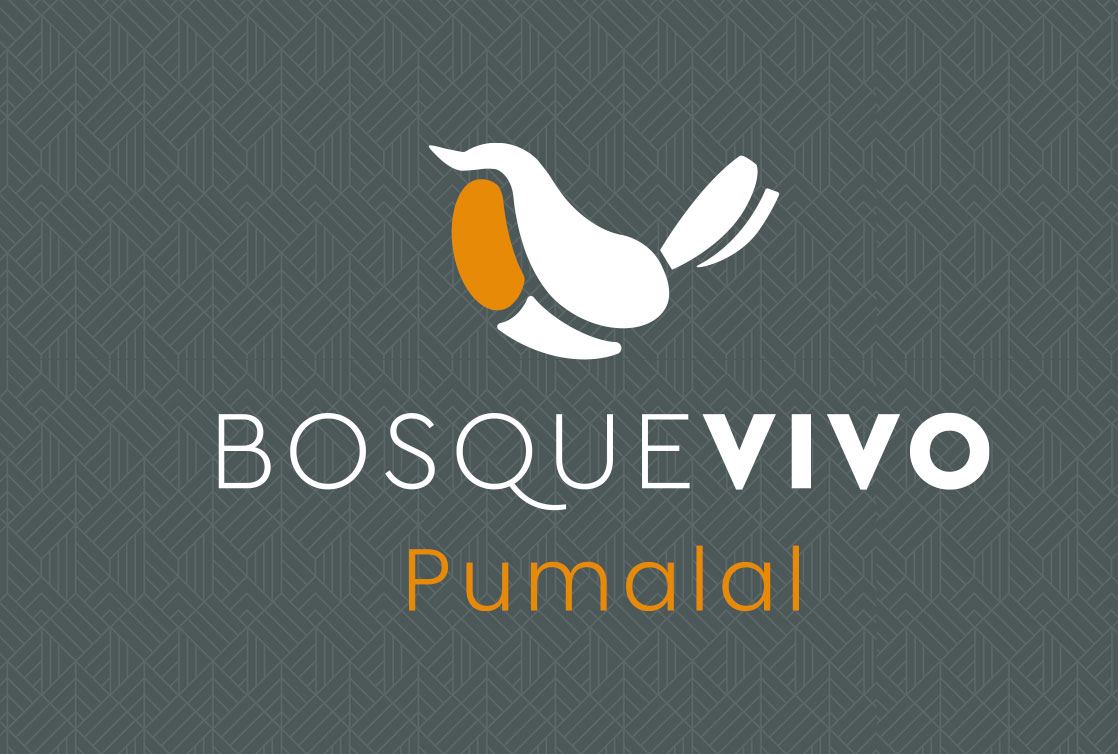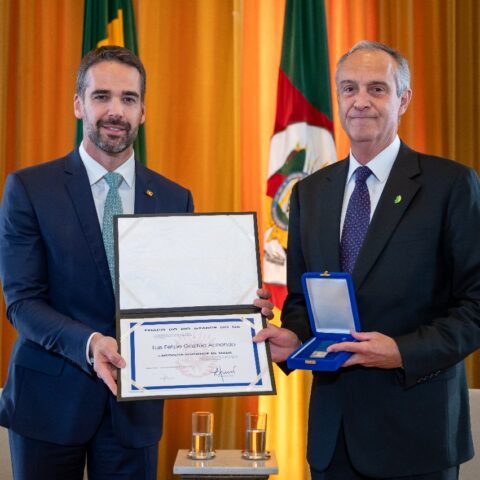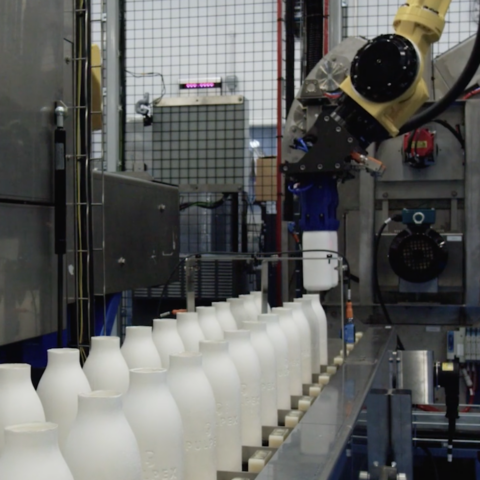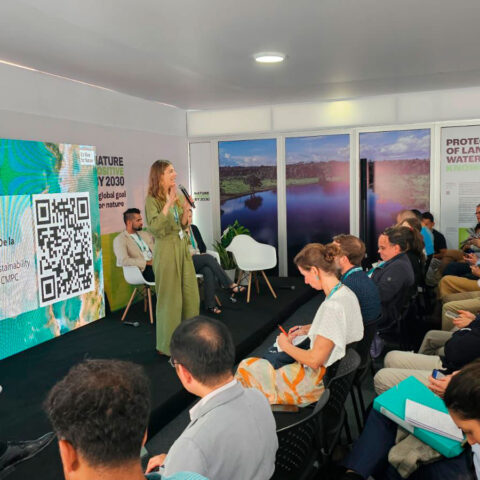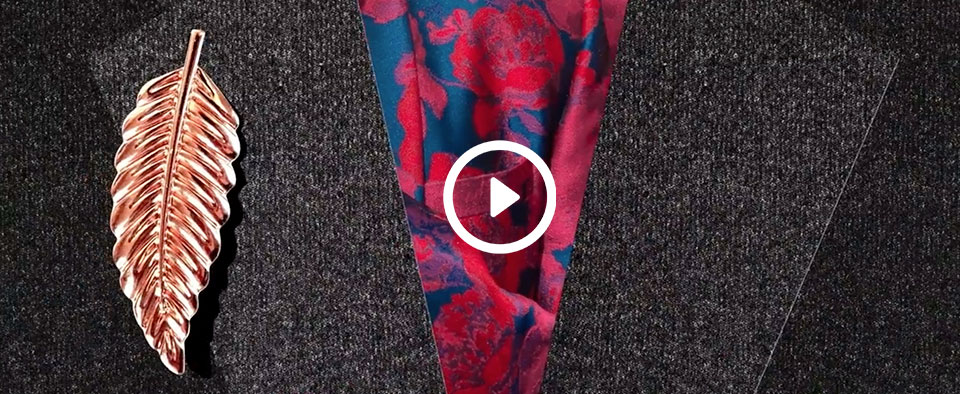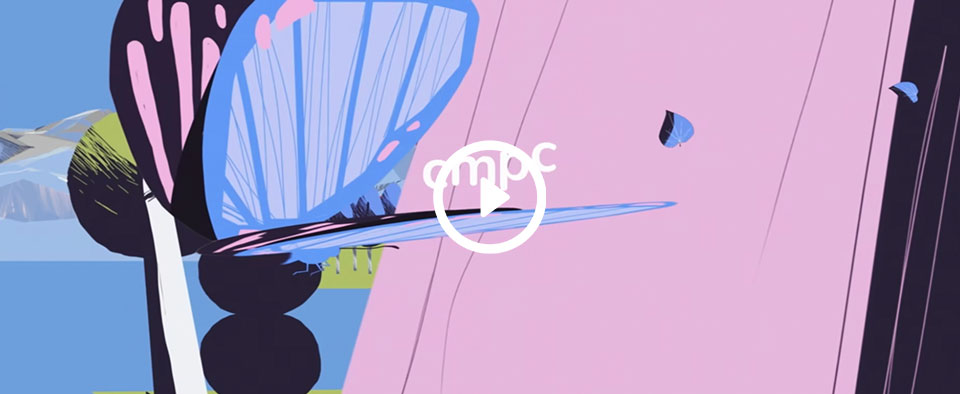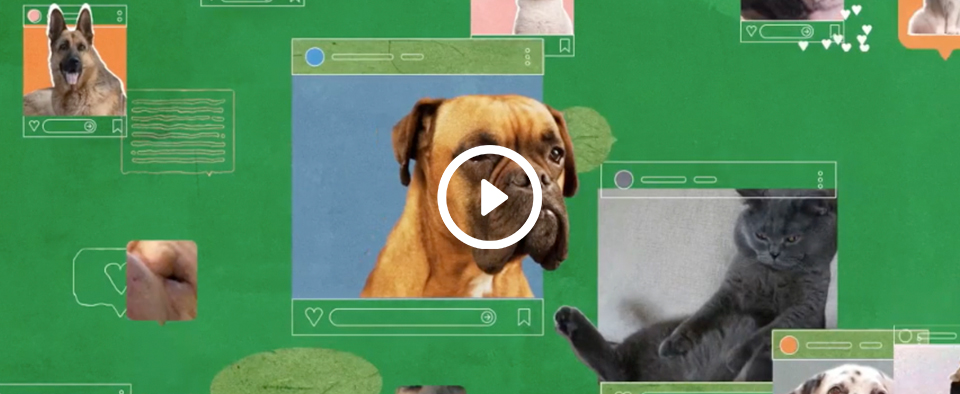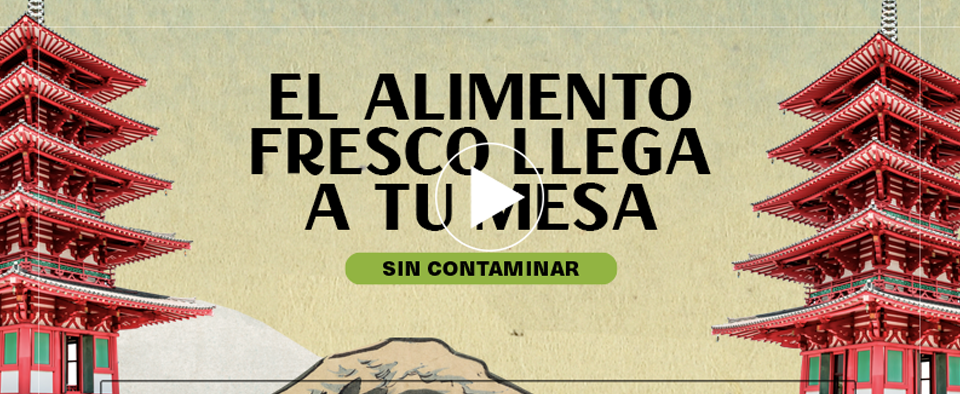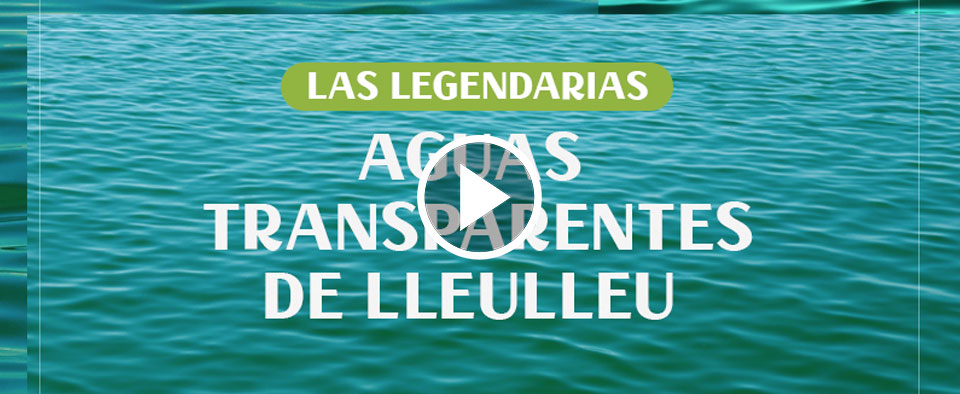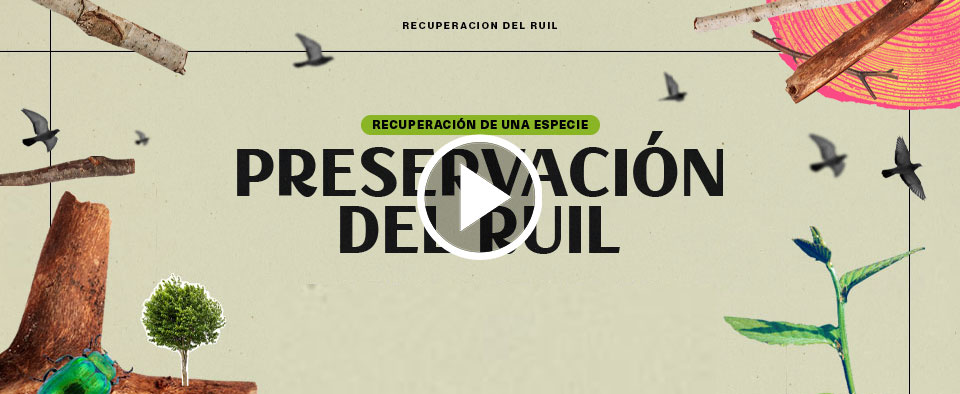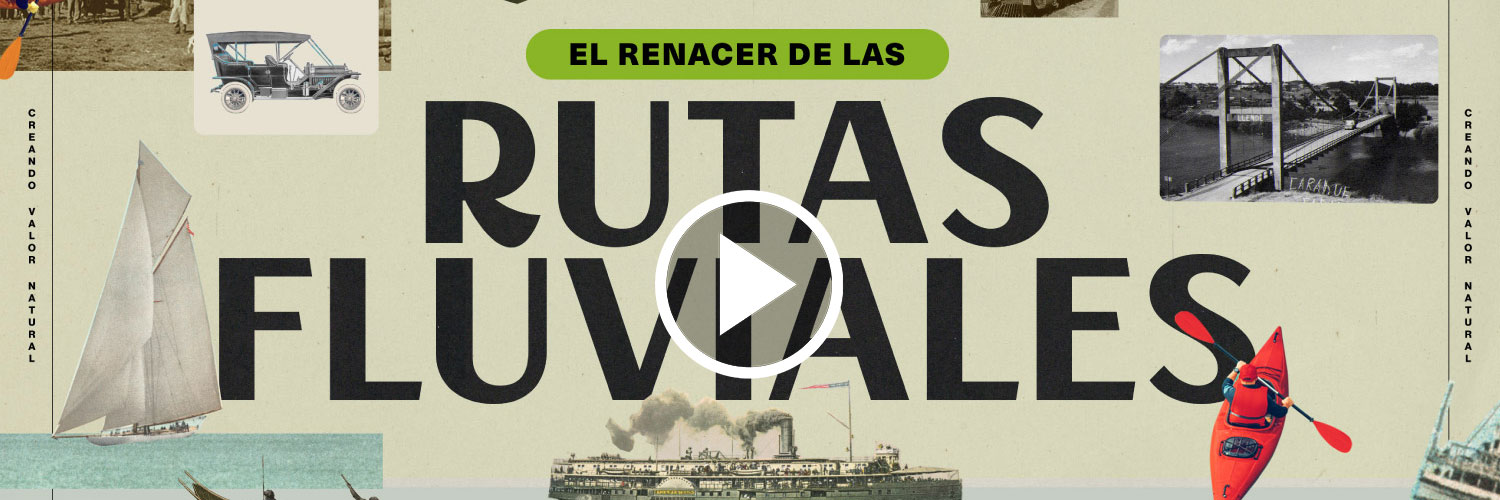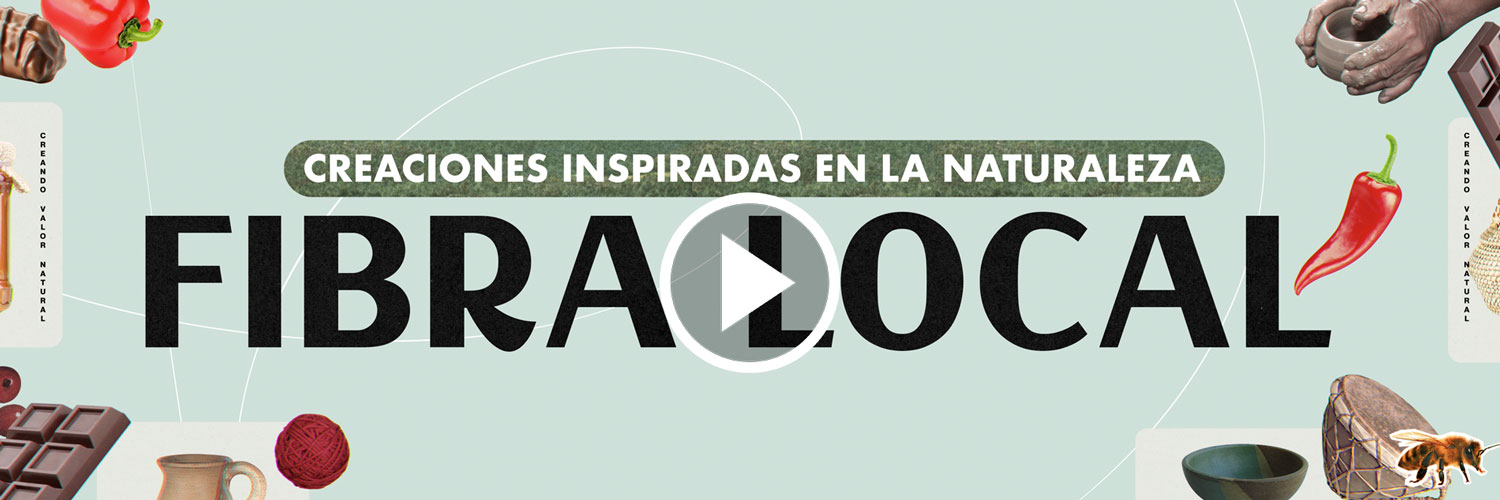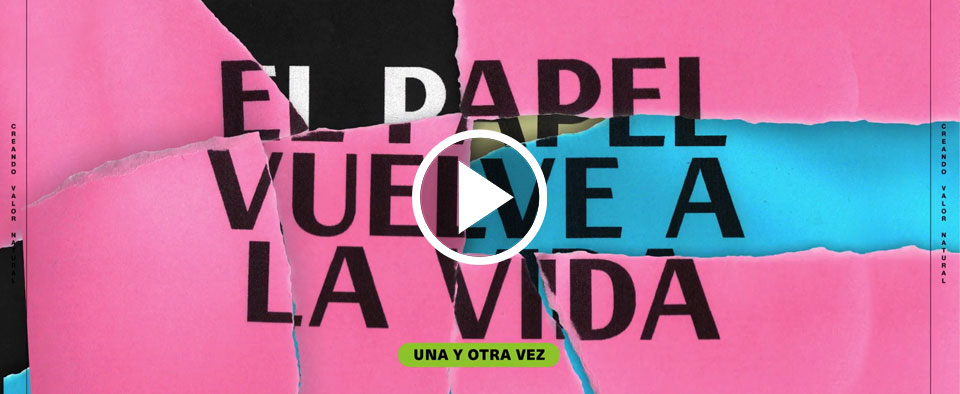
Recycling at the heart of what we do
06 de September, 2021
From the very start CMPC decided that the manufacturing of products such as pulp, tissue paper, card, paper and cardboard would include the recycling of all of these elements. In this manner the Company, through Sorepa – an affiliate present in 12 branch offices distributed throughout the country, three in the Metropolitan Region, and nine distributed among the other regions – manages to recover close to 250 thousand tons of used product in Chile, and 800 thousand tons from the rest of the world. To give you an idea, the previous is the equivalent of twenty-one national stadiums full of recycling material.
The logistics at the heart of CMPC operations collaborates in waste control, an issue that for years has been a major problem for the State, and for the thousands of people living around and adjacent to dumping sites and landfills.
Through Sorepa, CMPC has roughly 4,500 suppliers from whom they collect all the recycling material on a monthly basis, among them, printing and retail companies, industry, waste collection companies, banks and financial institutions. We also bank on the collaboration of thousands of independent collectors that sell their material at our branch offices. These materials are then sent on to Sorepa facilities where they are assessed for their quality, using technical criteria and checklists to later sort them into categories for recycling.
What do we do with all the material?
CMPC reuses all cardboard clippings and cuttings, kraft paper, white paper, newspaper, magazines, egg cartons and medicine boxes among others. Those materials are recycled into new products depending on the plant they are sent to. A significant part of the material is packed together into bales weighing a ton each, and later sent to the Cordillera Plant in Puente Alto, Santiago., where it is transformed into corrugated paper. Other bales are sent to the Chimolsa plant to make egg cartons, and fruit trays for apples and avocados, or, the material may be sent to Softys to make tissue paper. Lastly, a small portion of the recycling material is forwarded to our plant in Valdivia to make cardboard.
This is how we have centered our production model on a circular economy, on a no-waste system in which a plant such as the one in Puente Alto consumes more that 700 tons of recycling material every day.

